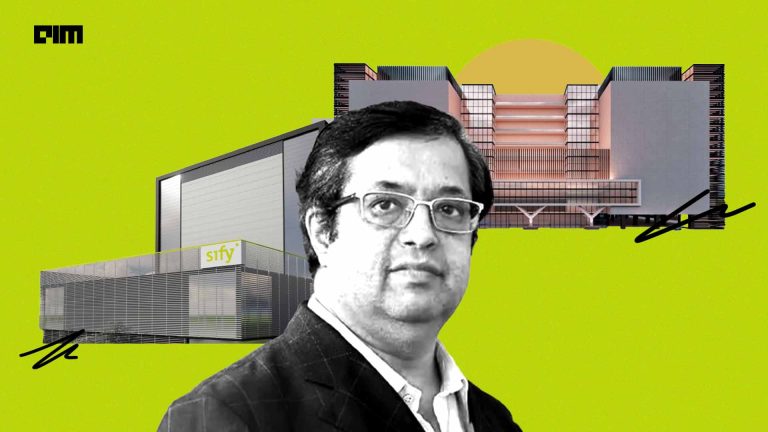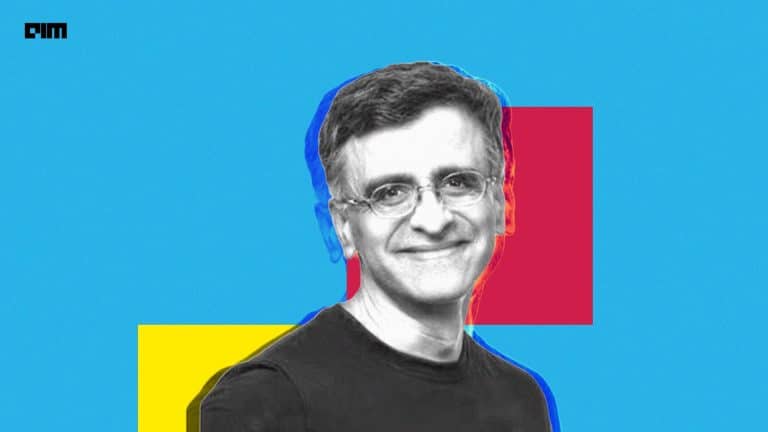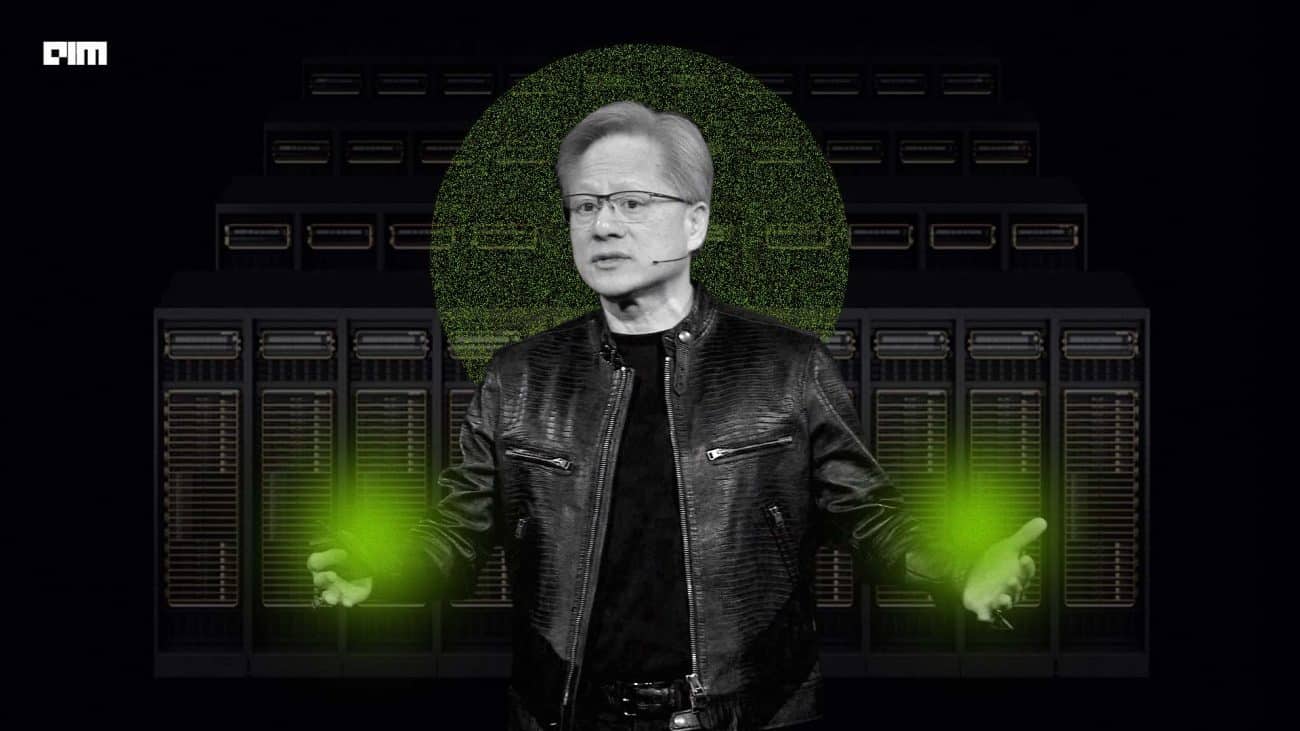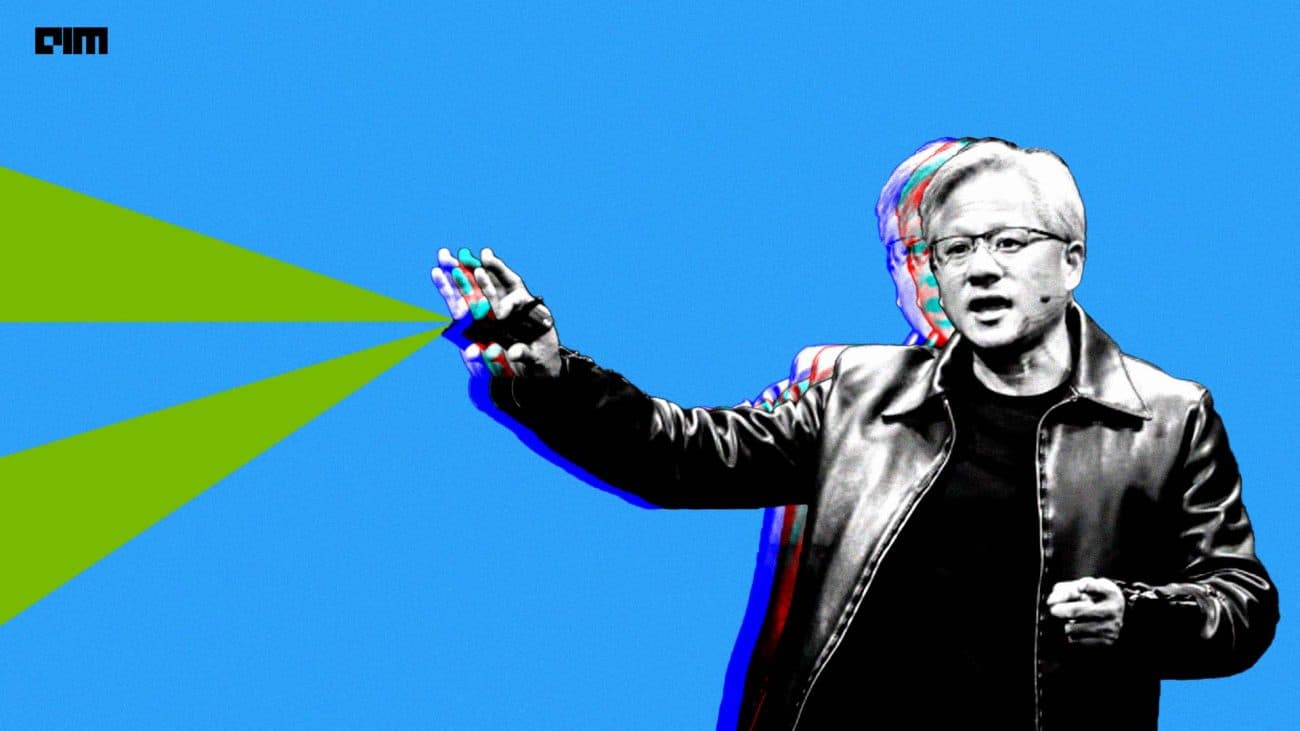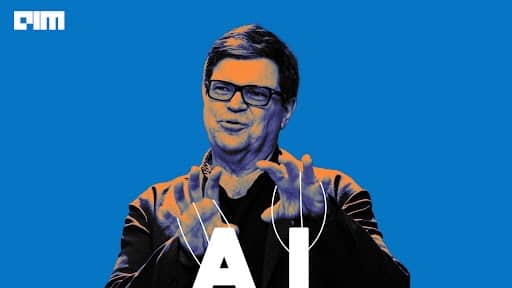Intel’s chief executive Pat Gelsinger seems ready to play hardball. At the beginning of July 2022, Gelsinger threatened to take his chip expansion plan to Europe if the US Congress failed to approve USD 52 billion in subsidy under the 2021 ‘CHIPS Act’. Gelsinger had grudgingly announced an indefinite delay in the groundbreaking ceremony of its USD 20 billion-plus manufacturing facility in Ohio owing to a scarcity in government funding. The company had already planned to invest around USD 35 billion in production in the European Union.
“I hate the idea of announcing a delay”, stated Gelsinger at the Aspen Ideas Festival later. However, it was no secret that Intel was in the middle of a restoration, and a lot was riding on its new moves.
Intel’s Fab 42 in Chandler, Arizona, Source: Cnet.com
More ‘open’ and integrated system
In January 2022, Intel announced an investment of nearly USD 20 billion to build two new semiconductor chip manufacturing plants in Ohio, USA. The Ohio plant was merely a cog in Gelsinger’s ambitious long-term strategy to make Intel competitive with chip manufacturers like Samsung and Taiwan Semiconductor Manufacturing Company, Limited (TSMC). Gelsinger claimed that Intel was willing to invest more than USD 250 billion over the next decade in capital toward this goal, reportedly including a USD 95 billion investment in chip production.
Intel CEO Patrick Gelsinger, Source: Intel
An Intel veteran, Pat Gelsinger, was the company’s first chief technology officer in 2001 but quit to join EMC. Gelsinger returned to Intel in February 2022 after a nine-year stint in software maker ‘VMWare’ as the CEO. However, activist investors who had expected Intel to split into two distinct segments—a foundry and a chip manufacturer—were taken aback by Gelsinger’s decision to integrate the two divisions as a part of his ‘IDM 2.0’, or integrated device manufacturing model.
Intel aims to leverage their third-party foundries similar to those of TSMC’s in an attempt to save costs.
The shortage in semiconductor chips has been significantly more pronounced in the last year and a half since the pandemic. The costs involved in building fabs kept many companies, including Intel, at bay. Since 2001, semiconductor manufacturers have slimmed down from 20 to a handful because of the monetary investment required for manufacturing cutting-edge chips. One of the main reasons Gelsinger opened up Intel’s fabs was to increase production to lower costs—the more the volume of chips produced and sold, the more the production yield to cover costs. However, producing chips for customers in their fabs was merely a one-pronged solution to solve Intel’s challenges. The company also needed to amp up research and development efforts while keeping a tight reign over its costs.
Source: BizVibe.com
Expansion of chip-making in Asia
In the early 1980s, Taiwan was moving towards capital-intensive industries that revolutionised its economy. The country lapped up chipmaking technology, and while they were not equipped to design or market chips, Taiwan was able to produce them. TSMC was founded in 1987. Eventually ‘Intel’ too roped in TSMC to manufacture chips for them.
Gradually, as companies like IBM stepped away from the foundry business, TSMC witnessed growth. Apple began testing TSMC chips against Samsung’s chips. By 2015, with the launch of the iPhone 7, TSMC’s low-power processor chips had edged out Samsung. Meanwhile, other companies started designing their chips, like Apple, rather than purchasing parts that Intel was selling. However, Intel continued to update its technology until 2015—when it fell behind. The company revealed a delay in manufacturing chips on its 10nm nodes.
By 2017, there was another delay—Intel was now lagging behind its competition.
Intel’s net revenue from 2014-2021 segment-wise, Source: Statista
In addition, not all clients were impressed with Intel’s hand-me-down technology. Like Microsoft, Intel’s chip-making was increasingly insular and did not combine chip designs. While the explosion in cloud computing allowed Intel to stick to its ways for a longer time than Microsoft, the company’s culture was demanding change in the face of competition.
Open systems like ‘Arm’ had their blueprints used by most smartphones world-wide. But, ironically, Intel had completely missed out on the smartphone market.
Future of chip making
The integration of the foundry model into Intel’s business is deemed herculean. It signifies chasing Asia in the high-performance market. The company is believed to be in dire need of transformation in its work culture. Gelsinger’s idea is to bring back the ‘Grovian culture’—inspired by Intel’s co-founder Andy Grove who famously said ‘only the paranoid survive.’ Intel’s earlier attempts at the foundry business wilted within five years in 2018. However, Intel seems to have learned its lessons from then on.
Intel Foundry Services would now have its separate profit-and-loss statement and report directly to Gelsinger. Building fabs and getting them operational is expected to take a few years, and Intel maintains that they are willing to invest the required capital and time to achieve that. The company has further claimed that it will embrace extreme ultraviolet lithography in its chips, an aspect TSMC already embraces.
Intel plans to launch at least one new processor yearly with faster circuits and smaller transistors. By 2025, the goal remains to manufacture chips that could be measured in angstroms—a unit smaller than nanometers. Intel Foundry Services (IFS) now counts AWS and Qualcomm as its first clients.
Owing to Intel’s newfound ‘openness’, hyperscale cloud providers like AWS would be given access to their chip designs. IFS is also undertaking proactive initiatives to build new partnerships. For instance, on 25 July 2022, IFS announced a new collaboration with ‘MediaTek’ to strengthen its supply chain in the US and Europe.
“As one of the world’s leading fabless chip designers powering more than 2 billion devices a year, MediaTek is a terrific partner for IFS as we enter our next phase of growth”, says Senior Vice President and Intel Foundry Services President Randhir Thakur. “We have the right combination of advanced process technology and geographically diverse capacity to help MediaTek deliver the next billion connected devices across a range of applications.”
Building fabs in Asia is cheaper by 30~40 per cent owing to the significant support from their governments. However, for manufacturing in the US to move ahead, government subsidies are pivotal.
If Intel is able to obtain the funding, it would make an almost miraculous jump to its revival. However, if it fails—the semiconductor industry would only witness further consolidation.














